What to take into account when designing a new factory
Planning a new factory is exciting, but there are lots of factors to consider. Poor planning can result in expensive problems later down the line, so it pays to invest time and money into getting it right.
Factory design should be a collaborative effort involving engineers, architects, production managers, electrical contractors and other relevant stakeholders. Bringing in the right people from the start ensures that all aspects are considered and integrated effectively.
Space planning
No matter how much space you have available, you’ll want to optimise every square inch. How much space will be required for storage? How can you optimise this space? What space is required for the various production areas? How can you ensure an efficient flow of materials and personnel throughout the factory?
Conduct a thorough analysis of production processes and workflows to identify bottlenecks, inefficiencies, and areas for improvement. Optimise the layout and arrangement of equipment, workstations, and assembly lines to streamline production flow and minimise the movement of materials and workers.
You should also account for future expansion. What are the plans for business growth? Will you require space for additional production lines or extra capacity for storage? How can this be incorporated into the immediate design plans?

Safety and compliance
Safety should always be a major consideration in any factory design process. Take time to understand legal requirements, building codes, local regulations and industry standards.
Ensure adequate fire alarm systems, suppression systems and emergency exit routes. Pay attention to lighting, temperature control and ventilation. And incorporate safety features into the layout, such as clear markings, protective barriers, and designated walkways.
Check that your proposed factory design complies with accessibility standards for disabled workers and visitors. Incorporate ramps, elevators, and appropriate signage.
Environmental impact and sustainability
With a global focus on environmental responsibility, your new factory design must incorporate sustainable practices.
If buildings are being constructed from scratch, research the options for energy-efficient materials such as insulated concrete - known to achieve energy savings of approximately 20% against traditional building materials.
Opt for energy-efficient lighting, HVAC systems, and equipment. Consider a battery storage system to store the energy you purchase at off-peak times for use at peak times. This reduces the amount of energy wasted and lowers your costs.
Can you incorporate renewable energy sources, heat capture or water-saving technologies in your new factory? How will you ensure the waste management system is environmentally friendly? How can you make production lines more energy efficient?
Technology integration
Assess the latest manufacturing technologies to determine how they can be integrated into the factory design.
Consider control and automation, robotics, data analytics, and IoT-enabled systems to enhance production efficiency, quality control, and overall performance.
Look at opportunities for reusing waste heat using technology such as heat exchangers, heat pumps, heat recovery wheels, absorption chillers, waste heat recovery for compressed air systems and solar thermal systems.
Utility infrastructure
Plan for the necessary utility infrastructure, including power supply, water, wastewater treatment, and internet connectivity. Consider future expansion and the ability to handle increased production capacity or new technological requirements.
Research any renewable energy options, such as solar or wind, and look at how these could be incorporated into the design. Flat warehouse roofs, for example, can be good locations for solar panels.
Consider opting for a combined heat and power (CHP) system that can generate electricity and capture any waste heat to be reused. CHP systems are more energy efficient than having separate heat and power supplies.

Employee amenities
Design employee-focused areas within the factory, including comfortable break rooms, restrooms, and well-ventilated workspaces. Consider providing recreational spaces, natural lighting, and other amenities to promote employee well-being and productivity.
Foster a collaborative work environment by designing areas that encourage communication and teamwork. Include meeting rooms, collaboration spaces, and common areas where employees can interact and share ideas. Implement communication technologies to enable seamless information exchange throughout the facility.
Maintenance and upkeep
Account for ease of maintenance and repair. Plan for access points, maintenance areas, and spare parts storage. Incorporate equipment and machinery that are easily serviceable and design systems that can be upgraded or modified as needed.
Control and automation systems can monitor equipment and provide predictive maintenance information, allowing maintenance to be scheduled before equipment failure occurs. This proactive approach can help reduce downtime and increase equipment lifespan. Consider utilising control and automation technology in your new factory.
Business continuity
When designing your new factory, it’s important to consider business continuity. You’ll need an uninterrupted power supply (UPS) to keep business-critical systems running when power from the grid is compromised.
Combining a UPS with a generator system can be beneficial. A UPS functions as a bridge during a power loss, switching to battery power to keep connected devices operational while the generator starts, which can take some time.
Battery storage systems can also be configured as an uninterruptible power supply. Although they can only store a limited amount of power, they can provide enough for you to safely shut down critical systems or transition to your backup power supply.
Getting started
If you’re designing a new factory or considering an extension to your current facility, it pays to get expert advice from AES.
Some of the areas we can provide support with include:
- Lighting and power design and installation
- Wiring and power distribution
- Energy efficient technologies
- UPS and battery storage
- Control and automation
- Machinery layout and installation
- Fire alarm and suppression systems
- Electrical safety
- Classification of hazardous areas
- Installation of lighting, power and machinery in ATEX areas
- Emergency lighting and power
Get in touch to find out how we can assist with various elements of the design and planning of your new factory.
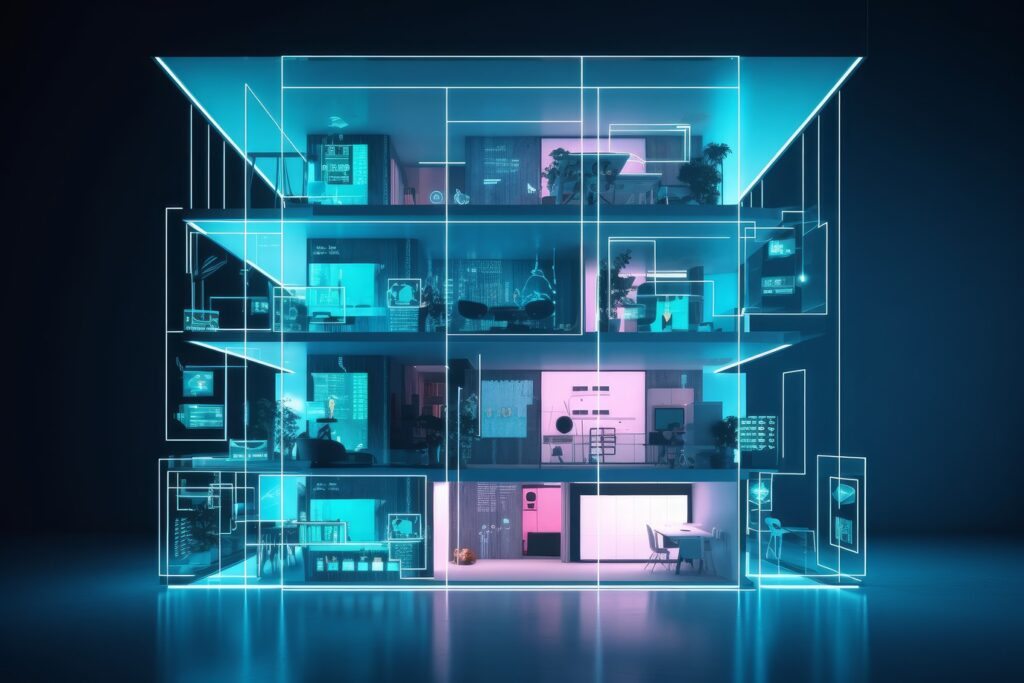
Our guide to building energy management systems
Building energy management systems (BEMS) are systems that allow you to monitor, control, and optimise the energy used within your building. The phrase building energy management system (BEMS) is often used interchangeably with the phrase building management system (BMS), but there are some differences. A BEMS is focused on energy-related systems such as lighting, heating, […]
Read more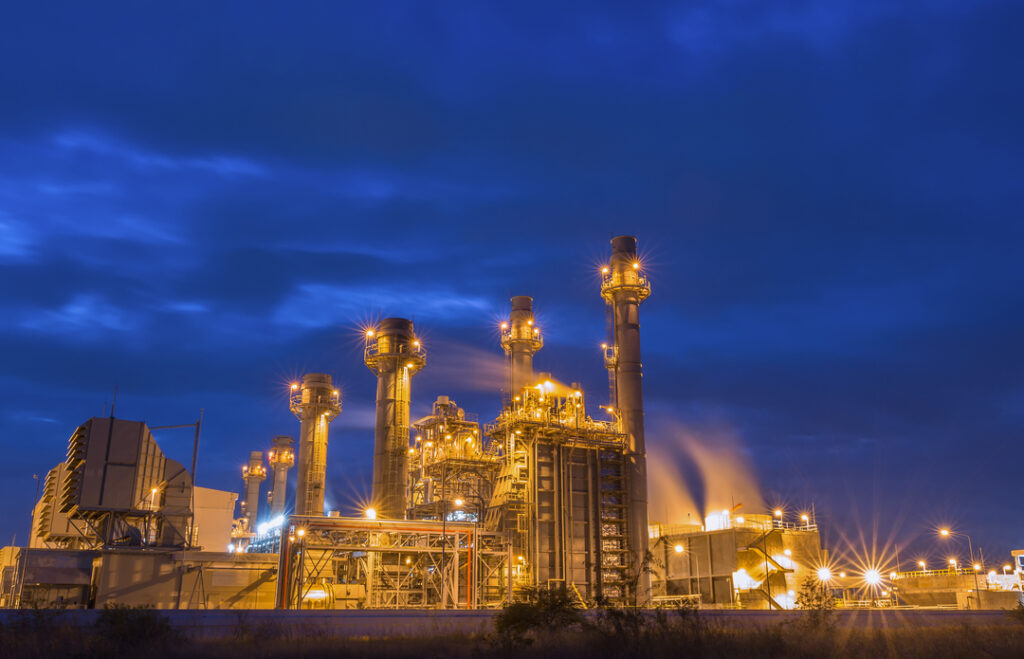
How far does power travel and what impact does distance have on performance
It’s easy to take our electricity supply for granted. We flick a switch and instantly have light or power. We don’t even think about it unless there’s an issue or an outage. But when there is an issue or outage, the impact can be significant. For manufacturers, even the smallest change in power can make […]
Read more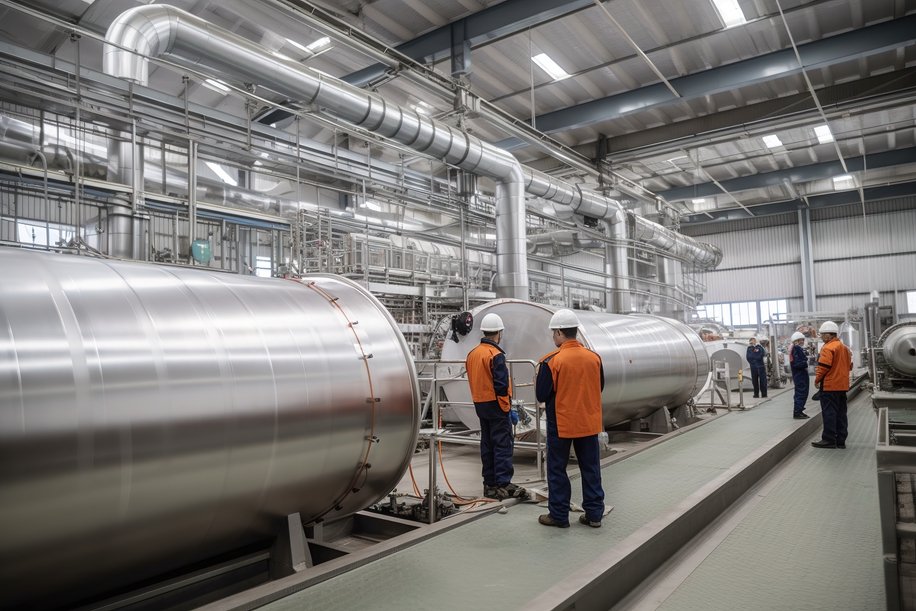
Why visibility of the production process is so important
Operational excellence, efficiency and quality are top priorities for almost every manufacturer worldwide. These things lead to improved productivity, happier customers and reduced waste – all of which result in increased profits. Visibility of the production process is the key to achieving these things. And manufacturers now have access to technology that can provide real-time […]
Read more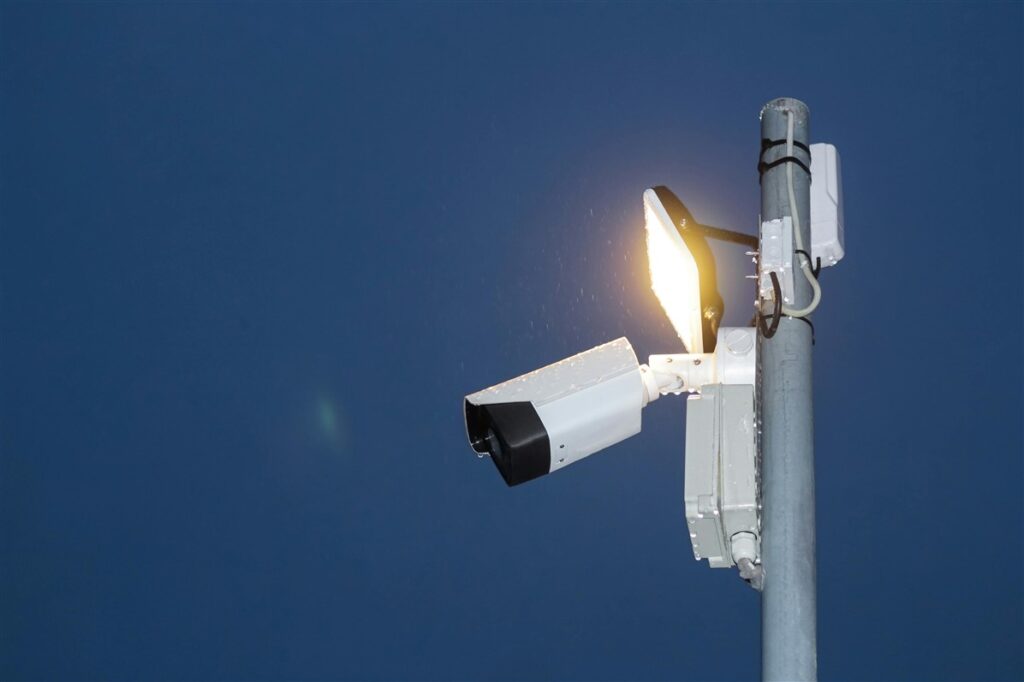
Will security lighting help to protect my staff?
Looking after the safety and well-being of employees should be a priority for any business. And while it’s not possible to mitigate every risk, there are measures you can take to improve their safety and security. One measure that is often overlooked is the installation of security lighting. When daylight disappears, visibility is reduced, increasing […]
Read more
Top 5 considerations when comparing electrical quotes
Budget is always a factor when you’re considering any type of upgrade, revamp, or maintenance work within your factory. But when it comes to electrical work, you have to consider more than just money. Don’t rush into accepting the cheapest electrical quotes without knowing exactly what you’re getting. Electrical work is not an area where […]
Read more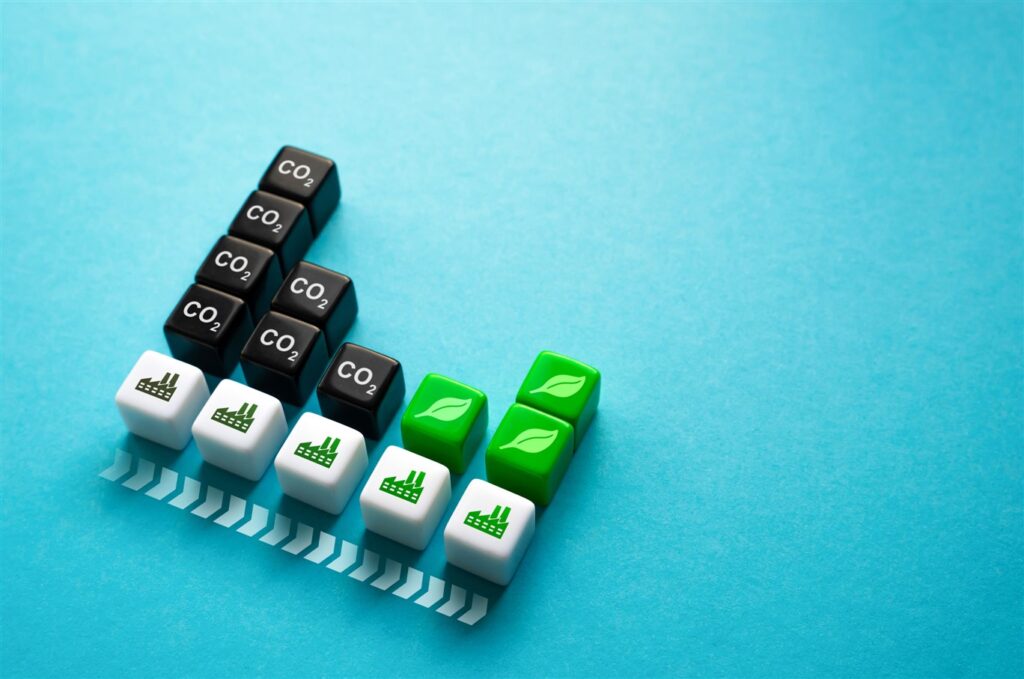
What is the role of companies in reducing our carbon footprint?
We should all be taking responsibility for protecting our planet and a big part of that is reducing our carbon footprint. But while it falls to all of us to do our bit, there is additional pressure on manufacturers, especially those with high carbon emissions. As an absolute minimum, these companies should ensure compliance with […]
Read more

